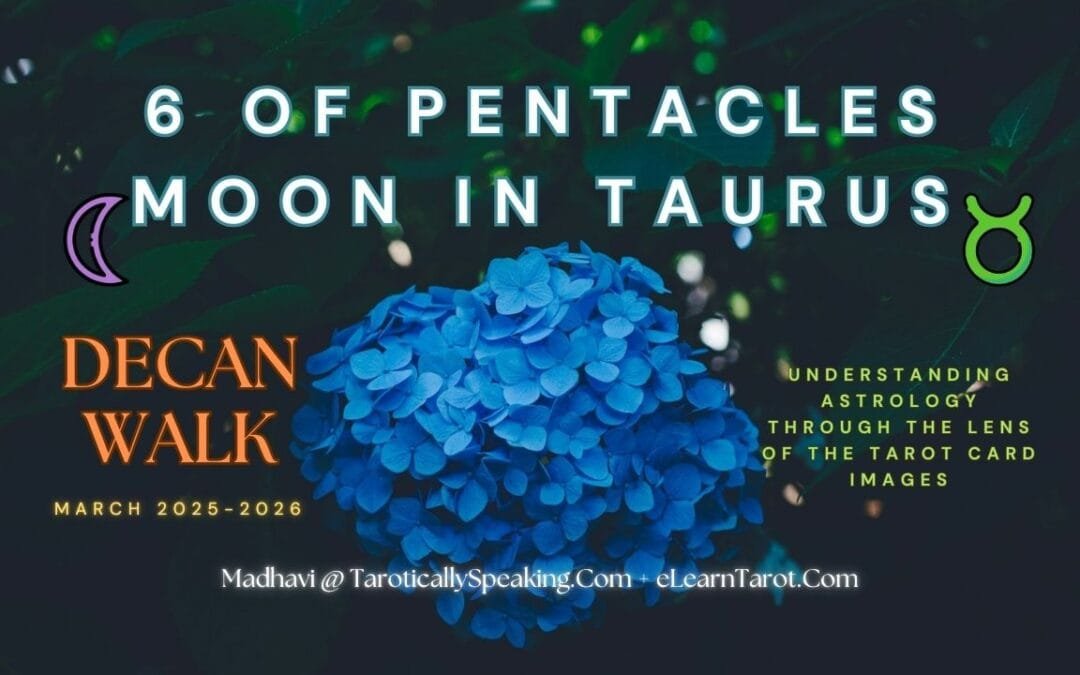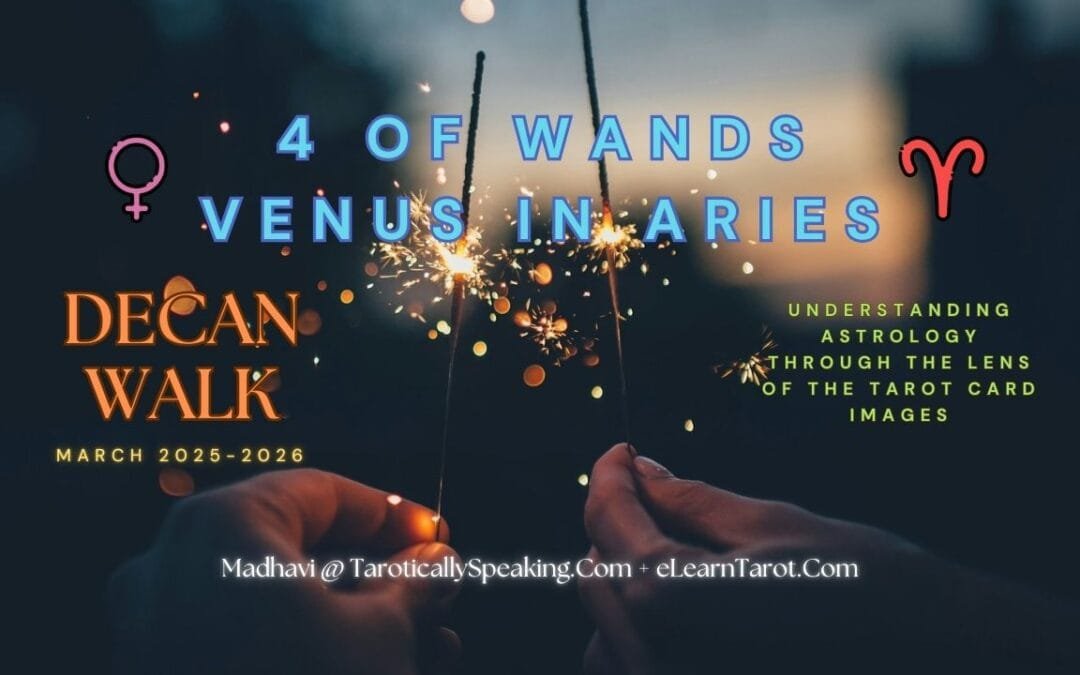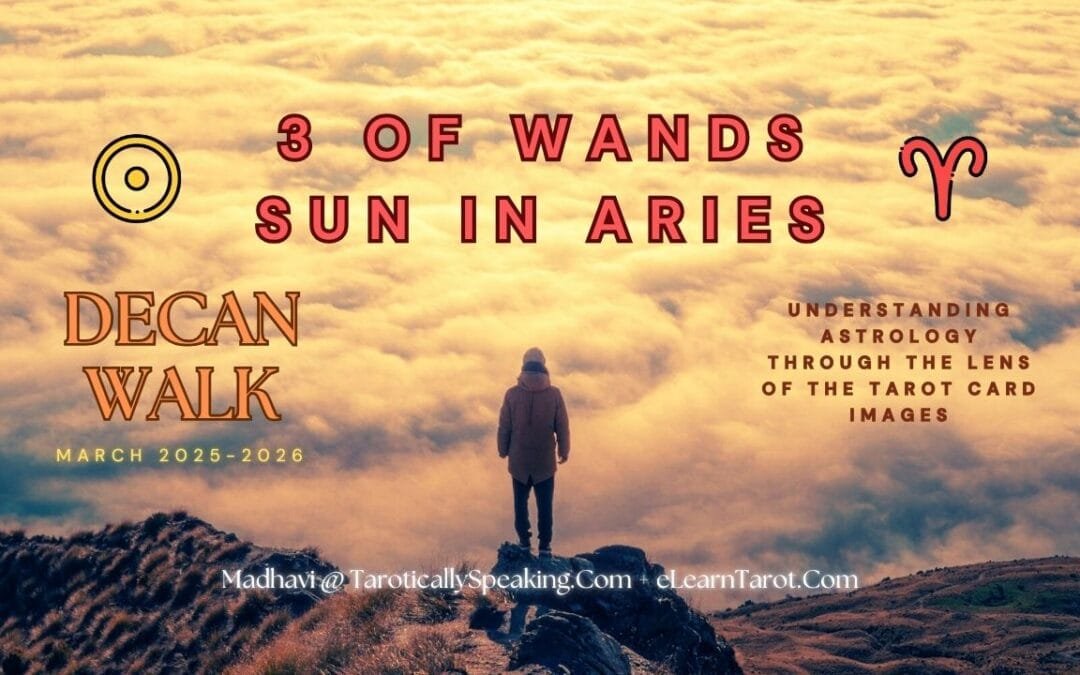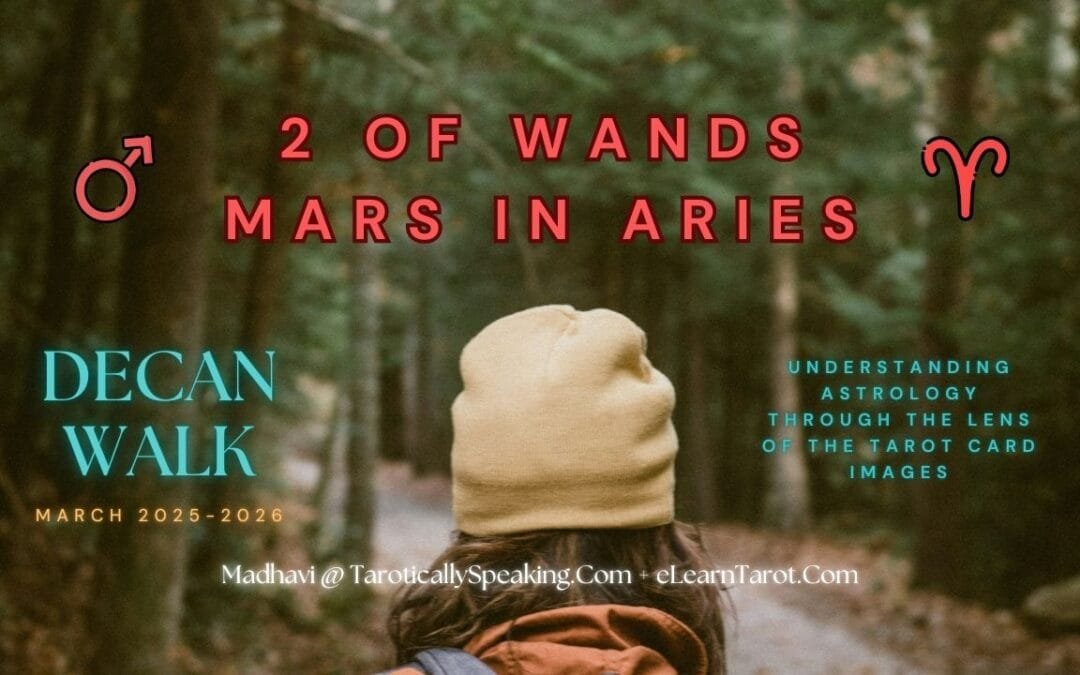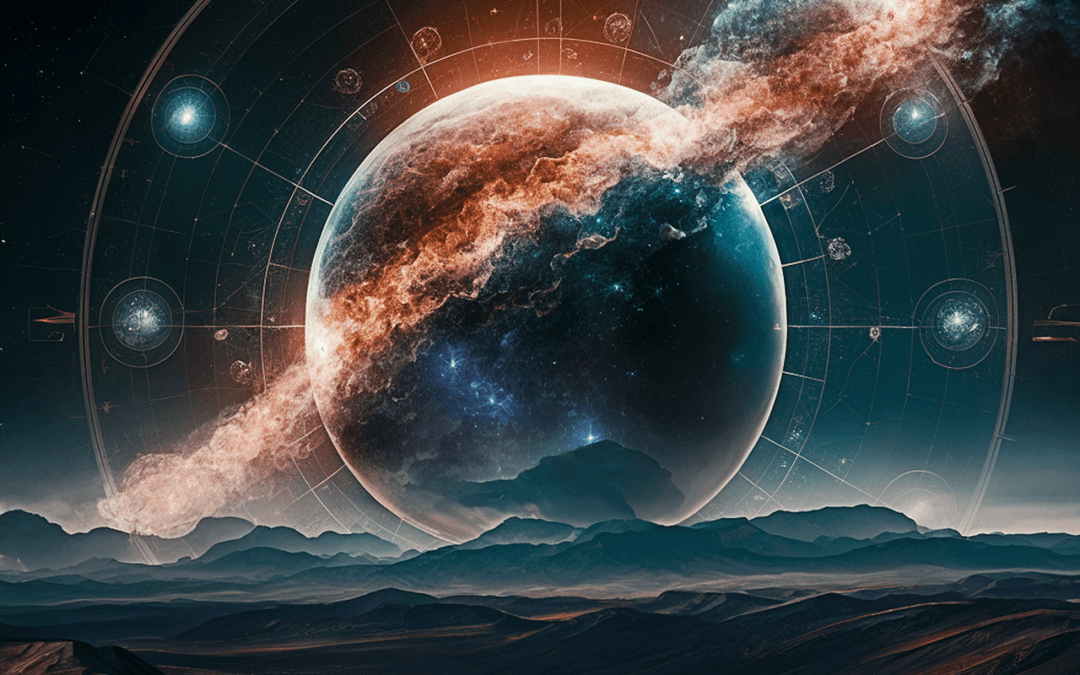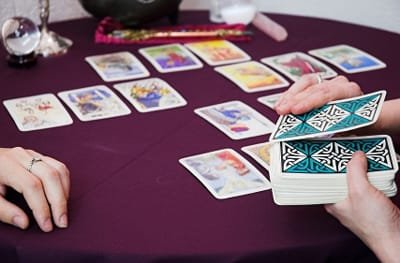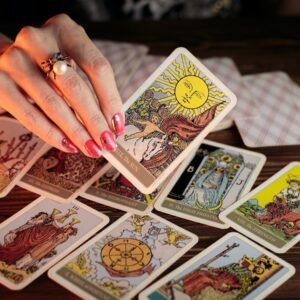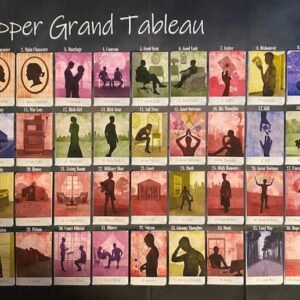
by Madhavi Ghare | Decan Walk, Marseilles, Major Arcana, Minor Arcana, Rider-Waite-Smith, Symbolism, Tarot, Astrology, Thoth, Knowledge, Numerology, Mythology, Kabbala |
Today, we continue our Decan Walk journey, delving into the fascinating world of Astrology through the lens of the Tarot Cards. This is the Decan of Moon in Taurus, which is linked to the 6 of Pentacles. Let’s study the Astrology of this pairing and explore how these energies manifest in the card’s meaning.
(more…)

by Madhavi Ghare | Decan Walk, Video, Thoth, Knowledge, Marseilles, Major Arcana, Minor Arcana, Rider-Waite-Smith, Symbolism, Astrology, Tarot |
Taurus season has begun! Let’s continue on our Decan Walk journey with the 5 of Pentacles. Associated with the first Decan of Taurus, here we meet Mercury in Taurus.
(more…)

by Madhavi Ghare | Decan Walk, Symbolism, Astrology, Tarot, Video, Thoth, Knowledge, Marseilles, Major Arcana, Minor Arcana, Rider-Waite-Smith |
Welcome to the Decan Walk. In this third and final Decan of Aries, we have Venus in Aries, which is associated with the 4 of Wands. Let’s discover how the Astrological energies show up in the different card images.
(more…)

by Madhavi Ghare | Decan Walk, Knowledge, Marseilles, Major Arcana, Minor Arcana, Rider-Waite-Smith, Symbolism, Astrology, Tarot, Video, Thoth
Continuing our Decan Walk with the 3 of Wands that is associated with the Sun in Aries. Let’s see how the Astrology connections and energies show up in the card imagery of the 3 of Wands.
(more…)

by Madhavi Ghare | Decan Walk, Video, Thoth, Knowledge, Marseilles, Major Arcana, Minor Arcana, Rider-Waite-Smith, Symbolism, Astrology, Tarot |
Our Decan Walk Journey begins with the 2 of Wands, which is associated with Mars in Aries. First, let’s explore the Astrological and Tarot aspects and then see how they show up in the imagery of the 2 of Wands Tarot Card.
(more…)

by Madhavi Ghare | Decan Walk, Major Arcana, Astrology, Minor Arcana, Rider-Waite-Smith, Tarot, Video, Knowledge, Thoth, Marseilles
Astrology and Tarot are connected with each other. As many of you know, I have been flirting with astrology for some time now. Recently, I decided to learn it properly. I tend to view everything through the lens of Tarot, my first love. So, this year, I decided to embark on a journey, a “Decan Walk,” to understand astrology through the Tarot. Starting in March 2025 and continuing until March 2026, this year-long journey will help me learn and understand Astrology through the Lens of the Tarot. The plan is to learn the basics of Astrology through the connections between Astrology and Tarot.
(more…)

by Madhavi Ghare | Knowledge, Major Arcana, Minor Arcana, Rider-Waite-Smith, Symbolism, Tarot, Interesting
Characters with Male and Female Genders in the Tarot Cards are quite common. For a long time, I thought that this was merely the creative decision of the Designer of that Tarot Deck. However, as I worked with the cards over the years, this perception has changed. Today, I would like to talk a little bit about the Masculine or Male and the Feminine or Female Gender Characters in the Tarot Cards and what they have come to mean for me.
(more…)

by Madhavi Ghare | Tarot, Symbolism, Tarot in Real Life, Knowledge, Mythology, Major Arcana, Rider-Waite-Smith |
One of the key Hermetic Principles is: As Above So Below. I was thinking about the state of our world and then I remembered this principle, and I began to wonder.
The world has always been a mess. It is a mess that we human beings have created and kept on escalating to even bigger and higher levels of messy. According to the concept of “As Above So Below”, then it also means that this mess just got way more messier!
As always, I use my Tarot Cards to help me make sense of this mess. Let’s explore these thought processes, shall we!
(more…)

by Madhavi Ghare | Readings, Being a Professional Tarot Card Reader, Rider-Waite-Smith, Tarot Card Decks, Video, Knowledge
Among the 78 Tarot Cards in a standard Tarot Card Deck, there are a few Tarot Cards that have similar or common meanings. Just as the imagery of each card differs from one another, these meanings carry subtle but important differences within them that affect the interpretation of that Tarot Card in a Tarot Card Reading.
(more…)
